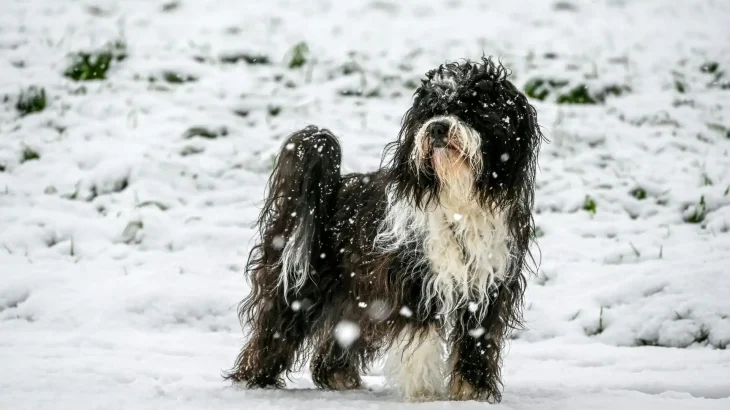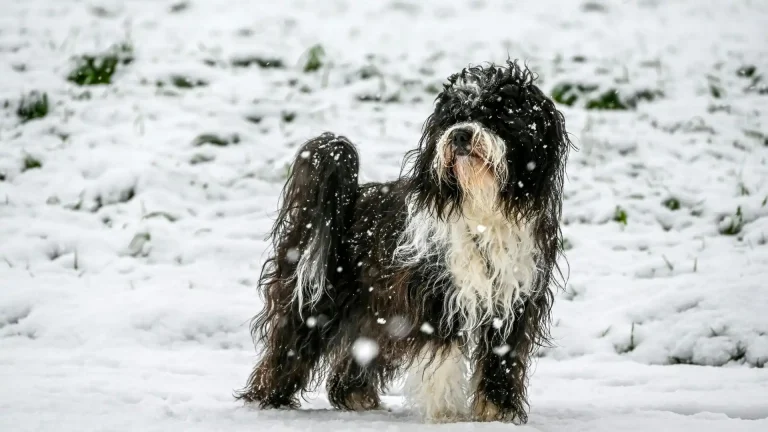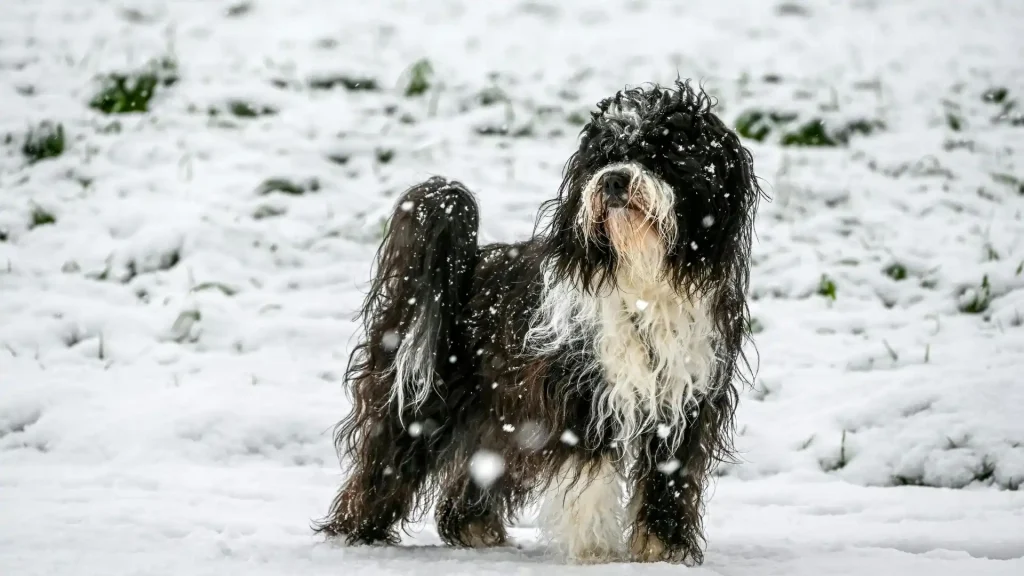Deciding between adopting or purchasing a Tibetan Terrier puppy involves weighing factors like cost, health assurance, and ethical considerations. While buying from a breeder typically offers detailed pedigree and health information, adoption provides a chance to give a home to a dog in need, often at a lower cost.
Here's a quick comparison of adopting vs. buying from a breeder:
| Criteria | Buying from Breeder | Adopting from Shelter/Rescue |
|---|---|---|
| Cost | Usually higher due to breed rarity and pedigree, often several hundred to a few thousand dollars. | Lower fees that usually cover vaccinations and basic care, more affordable upfront. |
| Health History | Breeders provide detailed health records and genetic screenings to limit inherited issues. | Health history might be limited or unknown, but shelters typically do basic health checks. |
| Age Availability | Mostly puppies, allowing owners to raise them from an early age. | Dogs of all ages, including adults and seniors, are often available. |
| Temperament Insight | Breeders often share expected temperament based on lineage and socialization. | Shelter staff provide behavior info, but background may vary or be unclear. |
| Ethical Considerations | Supports responsible breeders prioritizing health and welfare. | Gives a home to dogs in need, helping reduce overpopulation. |
| Breed Purity & Pedigree | Purebred with documented lineage and registration papers. | Breed purity might be uncertain; paperwork usually unavailable or limited. |




















































